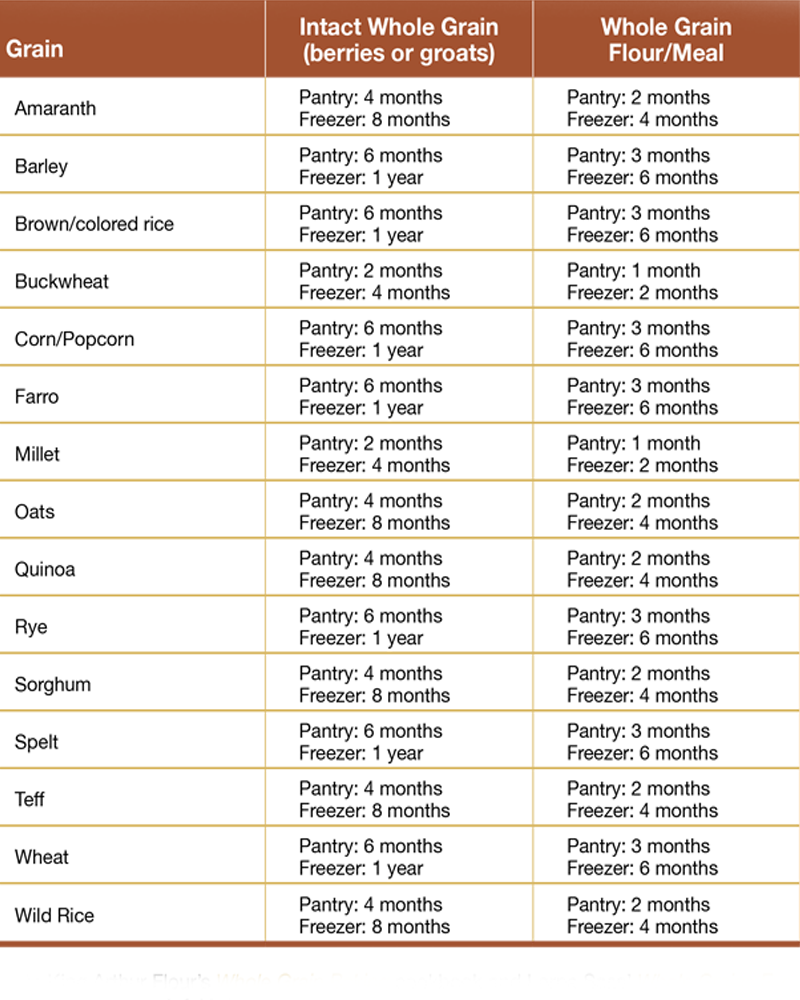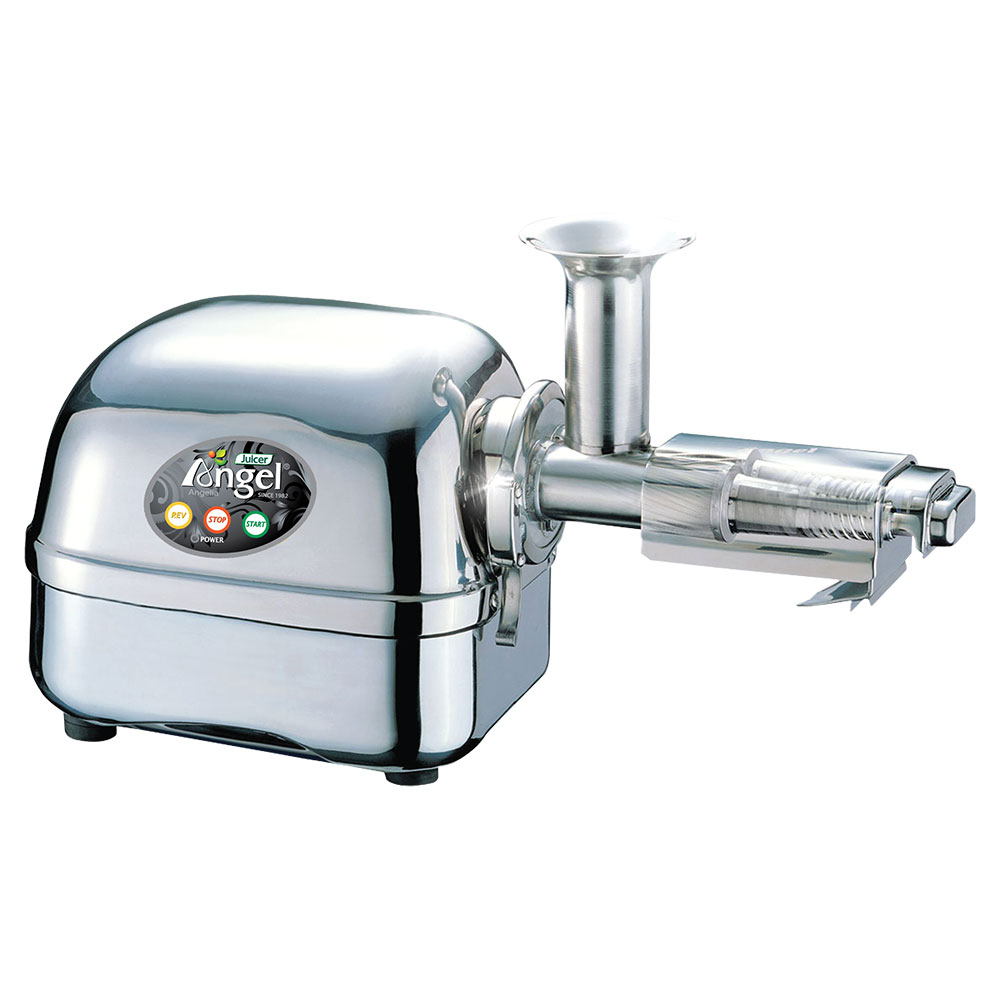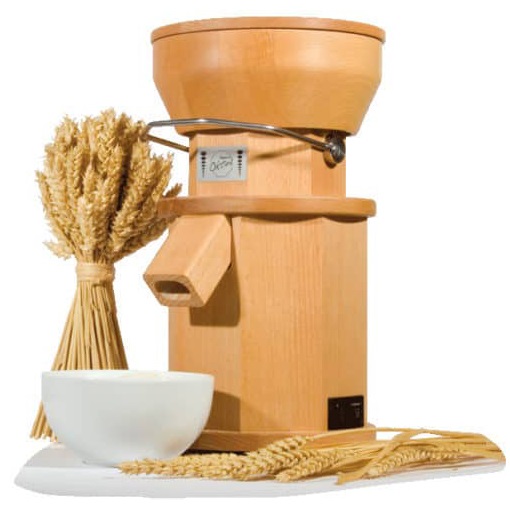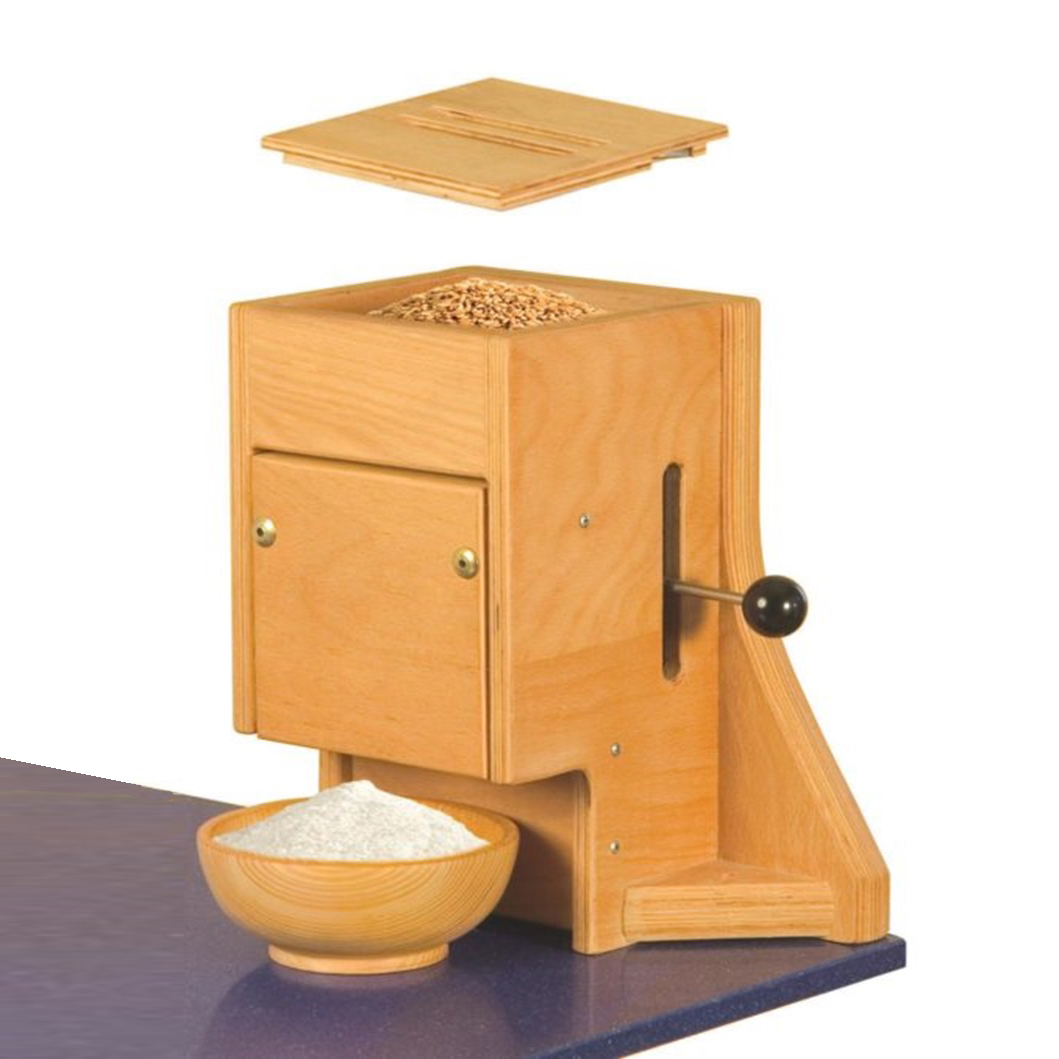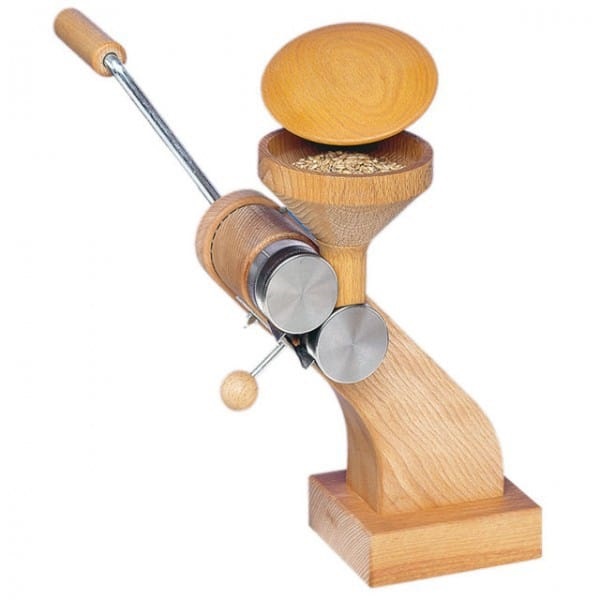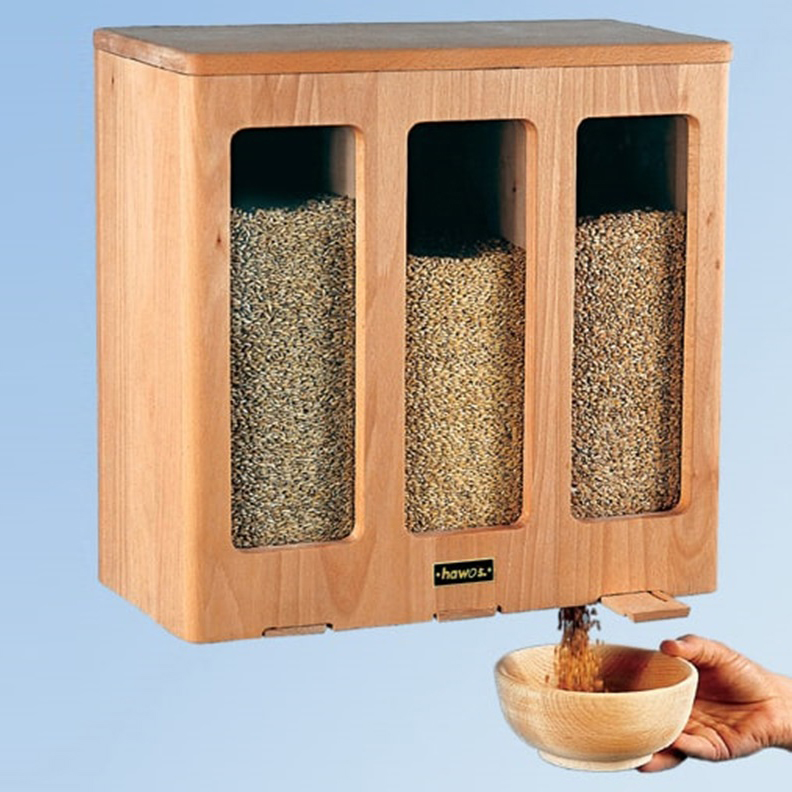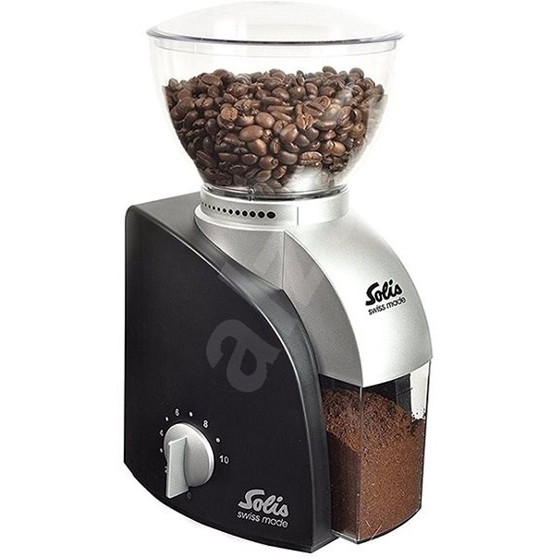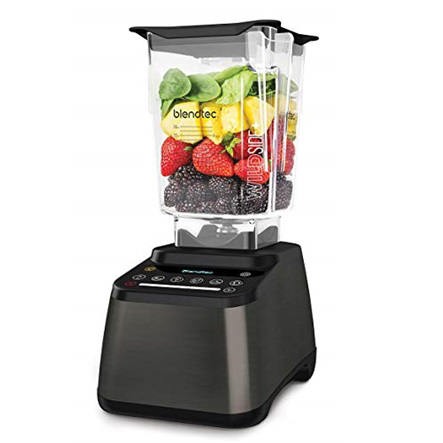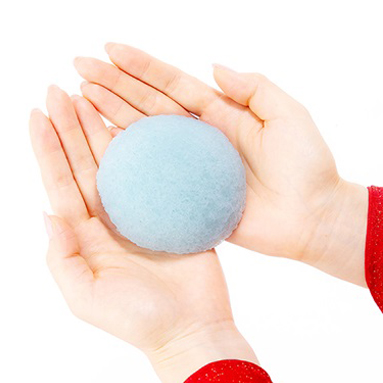
Whole grains have gone mainstream, as more and more of us have come to enjoy their fuller, nuttier taste. And buying them is simpler, now that there’s a Whole Grain Stamp to guide the way. But once we get them home, what’s the best and safest way to keep whole grains fresh and full of good nutrients? Just follow a few simple guidelines.
Whole grains must be stored a bit more carefully than their refined counterparts, since the healthy oils found largely in the germ of whole grains can be negatively affected by heat, light and moisture.
Because each grain has a different fat content, their shelf lives vary. In general, follow these rules of thumb:
Whole Intact Grains: The shelf life of whole intact grains, like wheat berries or brown rice, is a bit longer than flours. If stored properly in airtight containers, intact grains will keep for up to 6 months on a cool, dry pantry shelf or up to a year in the freezer.
Whole Grain Flours and Meals: In general, whole grain flours spoil more quickly than intact grains, because their protective bran layer has been broken up and oxygen can reach all parts of the grain. If stored properly in airtight containers, most whole grain flours and meals will keep for 1 to 3 months on a cool, dry pantry shelf or 2 to 6 months in the freezer.
BUYING TIPS
Buy grains that are well packaged and sealed tightly. Check the expiration or “sell by” date and choose the newest one. If you’re buying whole grains from bulk bins, be sure the turnover at the retailer is high and only the freshest grains are available. You’ll want to take into consideration how long the grains might have been sitting on the store shelves before purchasing.
Grains should always look and smell faintly sweet or have no aroma at all. If you detect a musty or oily scent, the grains have passed their peak and should not be purchased.
ABOUT CONTAINERS
Heat, air, and moisture are the enemies of whole grains. All whole grains should be stored in airtight containers with tight-fitting lids or closures. The type of container is a matter of preference. Glass, plastic, and aluminum canisters or zip-top plastic bags can all be successfully used, as long as they are airtight. The seal helps to maintain freshness and will keep the grains from absorbing moisture, odors and flavors from other foods.
Mark the purchase dates on your whole grains, so you can track their freshness the next time you want use them. Best-selling cookbook author and Whole Grains Council Culinary Advisor Lorna Sass shares her system for storing whole grains:
“I open the sealed package by snipping off the top corner. When I’ve poured out what I need, I fold over the top once or twice and put a rubber band around the package. Then I put the package into a zipper-topped bag and mark the date of purchase. If there’s room in my freezer, I store the grains there. Otherwise, I put them in the refrigerator.”
WHOLE GRAIN STORAGE CHART
How long your grains stay fresh at home can depend largely on how much of their shelf life has already been used up at the warehouse and the store, before you bring them home. This means there are no sure-fire absolute guarantees. Here are some guidelines culled from a variety of experts that may help.
